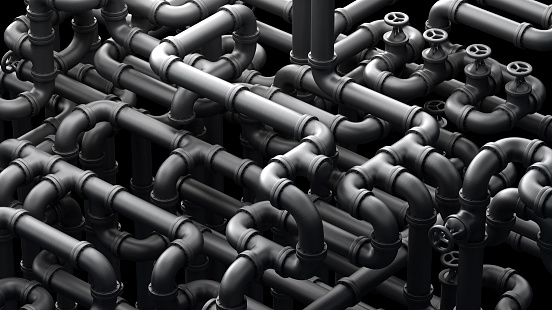High-Pressure Tubing
High-pressure tubing is essential for procedures such as magnetic resonance imaging (MRI) or X-rays. These tests require high-pressure injection of a contrast agent into the blood vessels. These tubes must withstand the force of the injection and remain flexible and kink-free. Only high-pressure tubing allows doctors to safely diagnose circulatory diseases and pathological changes. High-pressure tubing also prevents contamination of the sterile field.
Custom high-pressure tubing at www.chromtech.com can be manufactured by a pressure tubing distributor. These tubing are fabricated in a variety of materials and feature layered steel reinforcement. They are also chemical, ozone, and sea-water-resistant. Additionally, they are suitable for water-jet cutting and surface preparation. Most items are in stock and ready to ship the same day. Many of these companies can also accept SolidWorks(r) files to produce custom tubing.
High-pressure tubing at www.chromtech.com is available in both metric and inch sizes. Its chemical resistance, rust, and impact resistance make it a preferred choice for applications involving high-pressure liquids and gasses. It can also be fabricated with stainless steel push-to-connect fittings. These high-pressure tubing products are fabricated with FDA approval and are compatible with various applications.
High-pressure tubing is also available in a variety of lengths. High-pressure stainless-steel tubing can range from 1/4 inch to one inch in OD and 0.028 inch to 0.109 inch wall thickness. Various sizes are available and they also feature different connection types. High-pressure tubing is used in chemical and research applications. Be sure to check out this website at https://www.encyclopedia.com/medicine/medical-magazines/hplc-high-performance-liquid-chromatography for more info about chromatography.
In addition to high-pressure tubing, other types of plastic tubing can be custom-made. Polycarbonate and polypropylene tubing can be used for a variety of applications. These materials are used in fluid transfer systems, as well as in high-temperature or UV environments. They are also heat-treated and able to withstand various pressures. These types of tubing can be cut using bandsaw, waterjet, or flame/plasma cutting.
Pressure tubing is most commonly used in petroleum and chemical processing. Its plastic counterpart is used in consumer and agricultural water delivery, geothermal energy systems, compressed air lines, and other industries. Polyvinyl chloride is the third-most common plastic material used worldwide. This material is inexpensive, easy to work with, and highly corrosion resistant.

